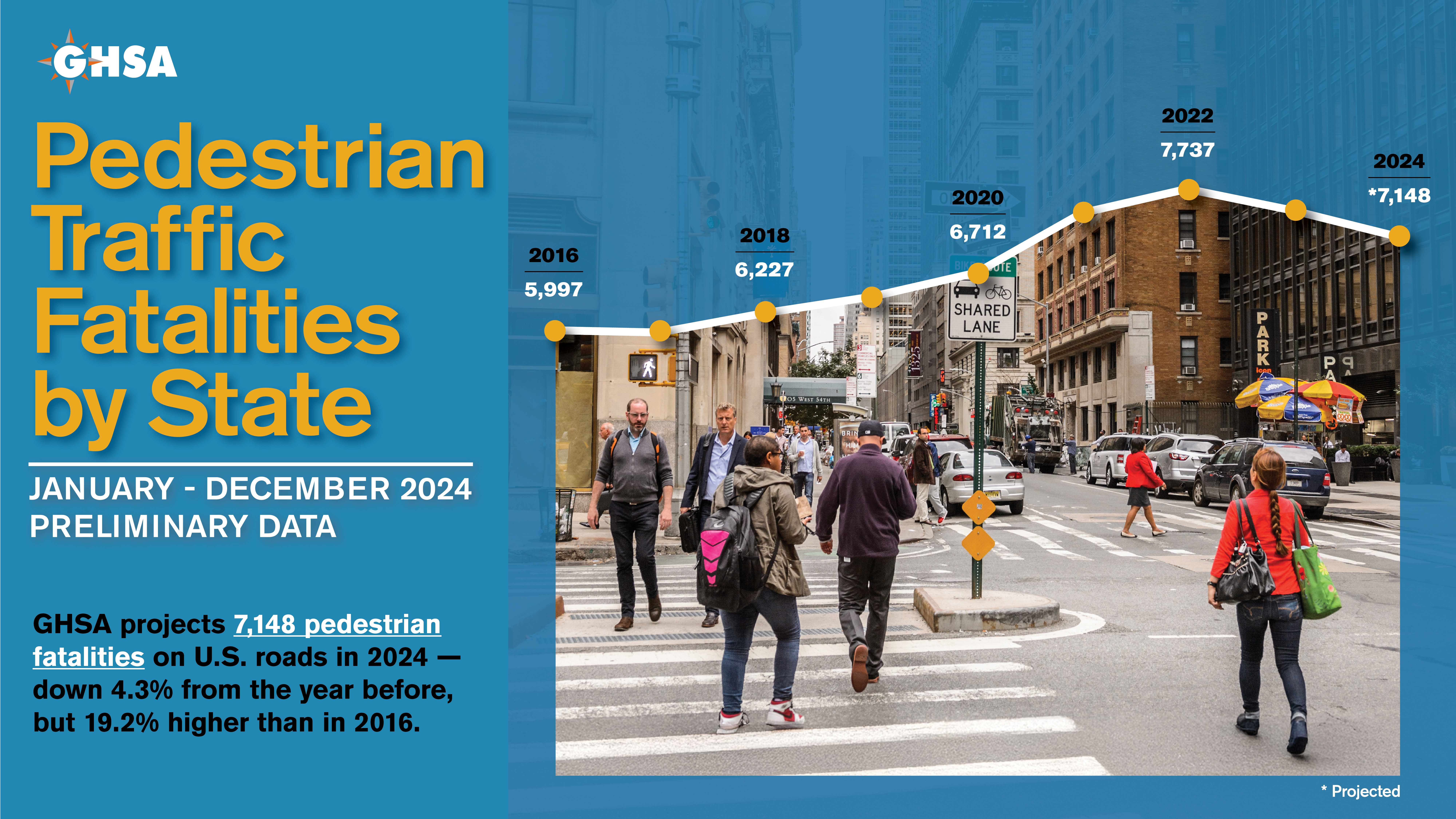State highway safety offices (SHSOs) apply funds administered by NHTSA that focus on road user behavior, while state departments of transportation (DOTs) administer funds focused on infrastructure improvements. Due to the differing nature of behavioral and infrastructure countermeasures, it is not currently possible to consider the effectiveness of both types countermeasures at a project level when evaluating alternatives.
NHTSA’s Countermeasures That Work uses a five-star system to rate behavioral countermeasures based on the effectiveness. The Federal Highway Administration (FHWA) maintains the Crash Modification Factor (CMF) Clearinghouse, an online database that express the effectiveness of engineering- or infrastructure-based countermeasures.
NCHRP Project 17-60: Effectiveness of Behavioral Highway Safety Countermeasures, developed a benefit-cost methodology to support consideration of behavioral and infrastructure countermeasures similarly, though NCHRP 17-60 ultimately focused on developing a benefit-cost analysis framework that did not necessarily allow incorporation of these analyses into infrastructure projects. Behavioral countermeasures quantified in such a way so as to be considered in infrastructure project decisions would help agencies implement a more comprehensive approach to understanding safety impacts of funding decisions.
The rise of micromobility devices, including e-scooters, e-bikes, and other personal transportation technologies, has transformed urban transportation systems. However, this shift has introduced new challenges for law enforcement agencies. The unique characteristics of these devices—such as their small size, high maneuverability, lack of registration, and shared usage models—create enforcement and investigative complexities. Additionally, traffic safety laws in many states are often unclear with regard to micromobility, providing limited guidance to law enforcement officers in regulating these devices.
Incidents involving micromobility devices, ranging from traffic infractions to crashes, are often underreported or inconsistently investigated. Furthermore, legal ambiguity, limited training, and inadequate data-sharing mechanisms exacerbate the difficulty for police officers to enforce traffic laws and conduct effective investigations. These gaps hinder efforts to ensure the safety of all road users and reduce conflicts between micromobility users, pedestrians, and motorized vehicles.
This research will explore the barriers faced by law enforcement in managing micromobility-related incidents and develop actionable recommendations to improve enforcement practices, investigation protocols, and interagency collaboration.
The objectives of this research are to:
- Synthesize current micromobility laws across the United States.
Identify gaps in current micromobility laws. - Identify and address challenges law enforcement agencies encounter in enforcing traffic safety laws and investigating incidents involving micromobility devices.
- Explore opportunities to improve reporting for micromobility crashes.
- Develop a toolkit of best practices, training resources, and tools to enhance the capacity of law enforcement and promote interagency coordination.




